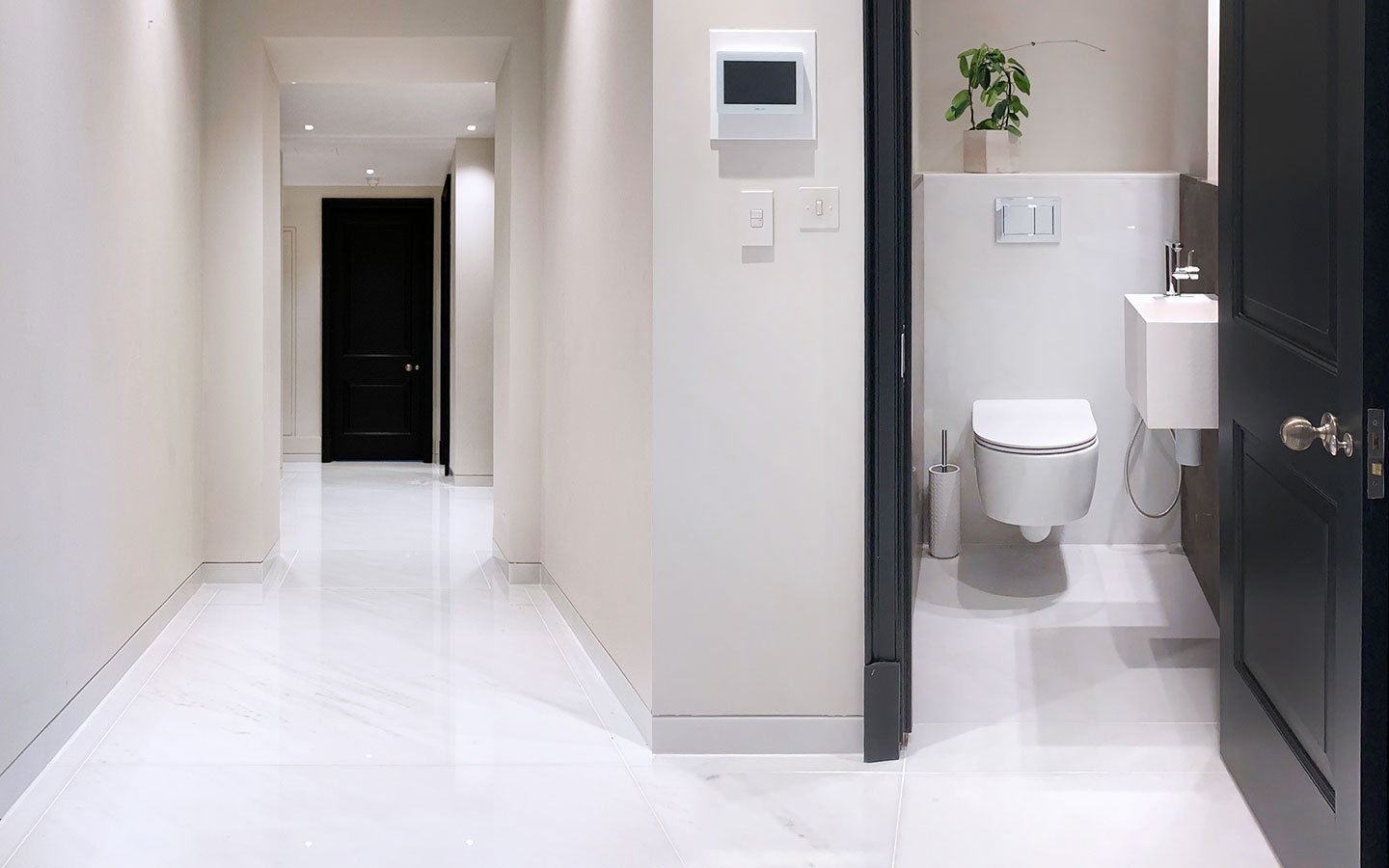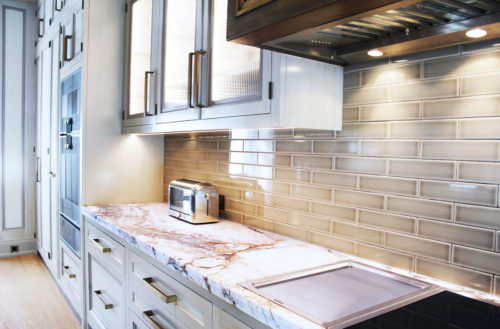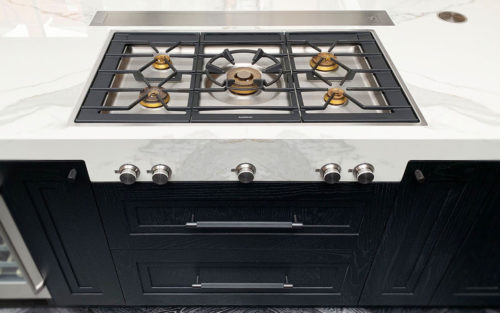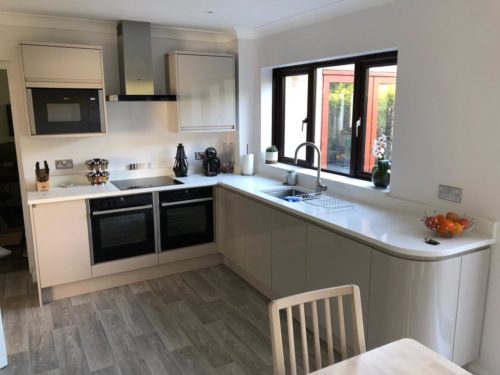Marble is a strange stone in some ways, when being considered for kitchen worktops because people are divided into two camps. There are those who absolutely love it, and those who wouldn’t dream of having it in their kitchens, citing its’ imperfections and fragility.
However, many other people adore it for its’ irresistible sheen and gloss, and the fact that it is not always white. In fact, it comes in a range of colours and can have amazing swirls and veining within it. Like all natural stones, every slab of marble is unique. Certainly, marble was good enough for the builders of the Taj Mahal and the Lincoln Memorial in Washington.
It is true that marble is a soft stone and can be subject to staining if spilled liquids are left on it for too long. However, there is a fairly straightforward answer to this because you can simply seal it using a quality sealer. Even so, any spills should always be wiped up as soon as possible, but that goes for any other sort of natural stone as well.
Marble is made from seashells, or at least it was originally. Shells, bits of shells, and microscopically tiny shells congregated on the seabed and eventually formed limestone. This can be interspersed with layers of clay or sand depending upon the particular area. As the ocean floor spread and slipped underneath the edges of continents, the limestone got dragged down into the earth’s crust and the heat transformed the grains of calcite (the original shells) while the stone was twisted and warped under extreme pressure. A rock in this state doesn’t melt but is more like a warm chocolate bar that you left in your pocket, so its’ shape gets pushed around. This is what formed the patterns and veining that is so common in marble.
Marble Is Not Just For Worktops
Of course, you are not restricted to using marble for kitchen worktops, as many people will use it for the bathroom floor and for vanities, and even for walls. If you are going to use it for the bathroom floor you really need underfloor heating because marble is a naturally cold stone. However, this is one of the benefits of using it for kitchen worktops because, as any pastry chef will tell you, it is perfect for rolling out pastry simply because it does remain cold. It is always a good idea to sprinkle a little flour on it, but you will find that the cool surface prevents the dough from sticking so much.
When choosing marble worktops in Kingston, or for that matter, anywhere else, you have a choice of many shades of white, grey, brown, russet red, and even pure black. Each slab will have different veining because as a natural stone the precise pattern will depend on where and how the marble was formed. This means that when choosing marble slabs for your worktop you need to come to our showroom at Marble & Granite which is on the Great North Road in Hatfield.
Here you will be able to see all the slabs of marble that we have in stock and select the exact slabs that you wish us to use to produce your worktops. This is important because in most kitchens you will need at least two slabs, and often three, and so where they connect you will want the veining and patterns to be similar in most cases, so that the effect is a continuous run over the entire surface. Just give us a ring or send us an email to book an appointment.




